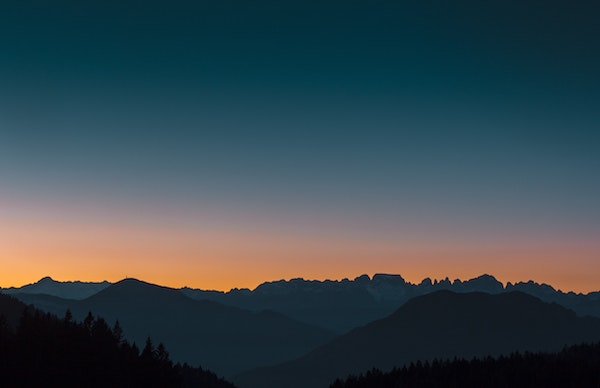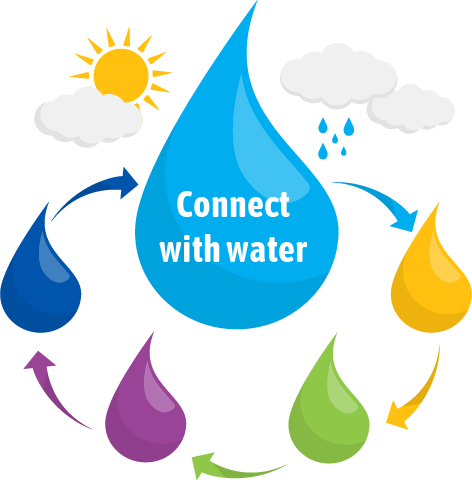ACTIVITY
Getting to know water
Activity Idea
In this activity, students are introduced to the context of freshwater and reflect on their prior experiences and knowledge.
By the end of this activity, students should be able to:
- describe the importance of clean freshwater
- recognise their personal connections to water.
What you need
- Getting to know water - Activity 1 doc
- Smart Water: Water is a taonga – slideshow
- Smart Water: Inquiry plan and student reflection – slideshow
- Smart Water 'A Drop in the Bucket' Power Point
- 10 L bucket
- 200 ml cup
- 5 ml teaspoon
- Water
- Salt
- Student handout Recording our ideas about freshwater
FOR TEACHERS
Introduction
Aotearoa is a landscape where water dominates our environment. Water is all around us. It surrounds us and forms our rivers, lakes and oceans. Water is an amazing substance! It can cleanse, purify, put out fire, carve slowly through rock and take on the shape of its container.
The gift of freshwater
We need water to stay alive, but we often take our plentiful water supply for granted. Water is a taonga (a treasure of immense value) that needs to be looked after, protected and treasured. Healthy freshwater is becoming more difficult to source as time goes by and water challenges increase. This is of much concern, as it is incredibly important that we pass on the gift of healthy water to the next generation.
Creating a plan of inquiry
Use information from students’ prior knowledge and experiences of freshwater as the starting point to form an inquiry plan. Smart Water – a context for learning provides an inquiry format with wrap-around resources to develop each stage of the inquiry.
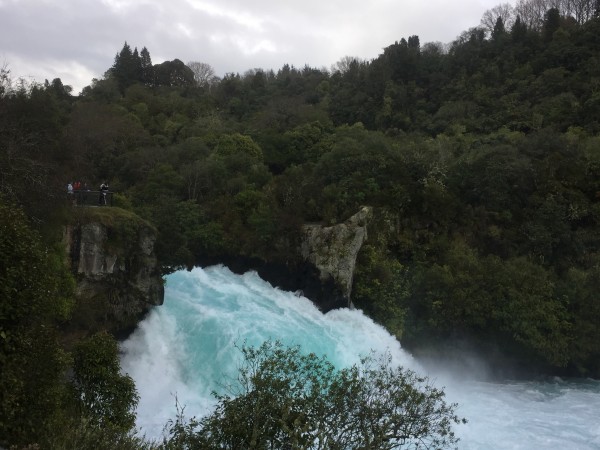
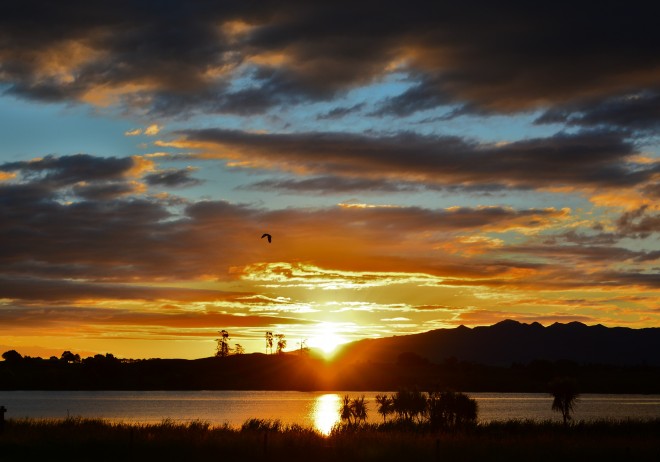
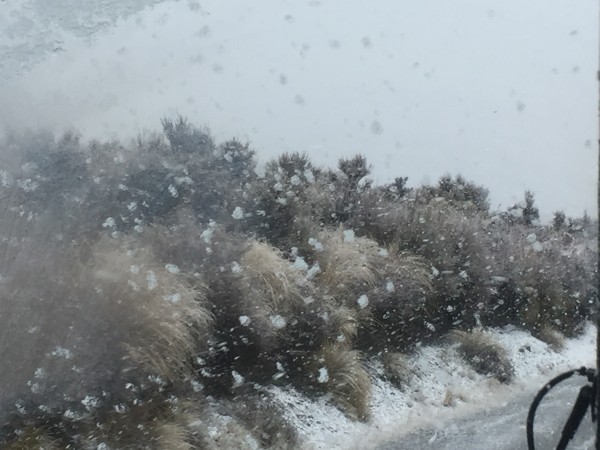
Introducing the context of water
- View the Smart Water: Water is a taonga – slideshow to introduce students to the context of freshwater.
- Use the slideshow as a prompt to start discussion about students’ prior knowledge and experiences of water. This can act as a prompt for the beginning of a learning inquiry.
- Ask students to record their thoughts and prior knowledge about water on the student handout: Recording our ideas about freshwater. Alternatively, record this information on slides 5 and 6 in Smart Water: Inquiry plan and student reflection – slideshow.
- Use the following demonstration to show the relative availability of fresh, accessible drinking water.
Water proportions on Earth
You can use the Smart Water 'Drop in the Bucket' Power Point to help guide you through this activity.
About 2.5% of all water on the planet is freshwater, and only a small amount of that water is available for us to use. Try this demonstration to show the relative availability of surface water (water that is easy to access for drinking such as rivers, lakes, rain, ice and snow), which is only about 1% of all the water on the planet.
Explain that the amounts of water used in the activity must be multiplied many millions of times to get the actual amounts involved.
| Action | Description |
|---|---|
| 1. Fill a bucket with water. | This bucket of water represents all the water on Earth (including water in the air as rain or mist). |
| 2. Ask a volunteer to take a small cup of water from the bucket. | The water in the cup represents all the freshwater on Earth. |
| 3. Add salt to the water in the bucket and stir. | The water left in the bucket represents the saltwater in the world’s oceans. |
| 4. Ask a student to take a teaspoon of water from the cup. | The water left in the cup represents freshwater that is difficult to get at (underground water or water frozen in glaciers and ice caps). The water in the teaspoon represents the remaining surface water and other freshwater. |
| 5. Examine the water in the teaspoon. | Water left in the teaspoon represents freshwater that is easier to get at (in lakes, rivers, streams or in the ground and underground), but some of this water is still very difficult for us to access (ice, snow, swamps, marshes, water in soil and air). |
Questions to deepen student understanding
- Where would you find water that we can’t see?
- Do we have enough water where we live? In our country? In the world?
- Do you think that we will always have plentiful water supplies where we live?
- Is there some way that we can make more water if we run low on it?
- Why is water a taonga?
- What are our relationships with freshwater?
For students
Recording our ideas about freshwater
- View the Smart Water: Water is a taonga – slideshow.
- Record your ideas about water in the table below.
- Use the information to begin planning a learning inquiry with your teacher and classmates.
Reflecting on learning
- Describe how water is important to you
- How are you connected to water?
- Do you think that we have an unlimited supply of freshwater available to us?
This activity is part of a suite of resources that support Smart Water – a context for learning, which provides students and teachers with opportunities to connect with water and learn more about drinking water in the Waikato region. The science and mātauranga concepts that underpin Smart Water are transferable to other locations in Aotearoa New Zealand. Smart Water is a partnership between Hamilton City Council, Waipā District Council and Waitomo District Council. It aims to foster a greater understanding and appreciation of water from source to tap and supports schools, organisations and communities to use water sustainably.
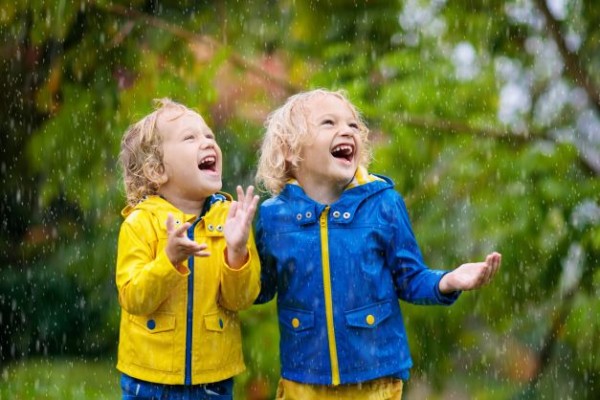
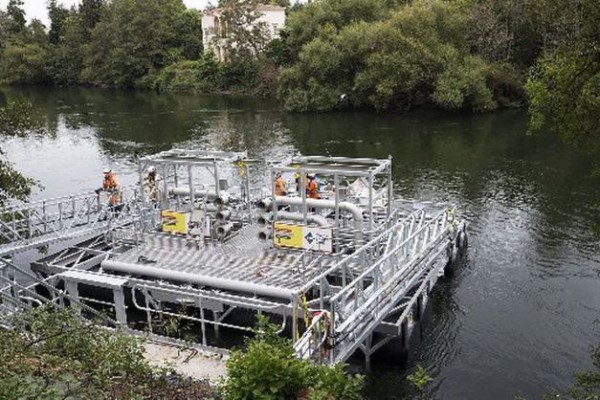
ADDITIONAL RESOURCES
